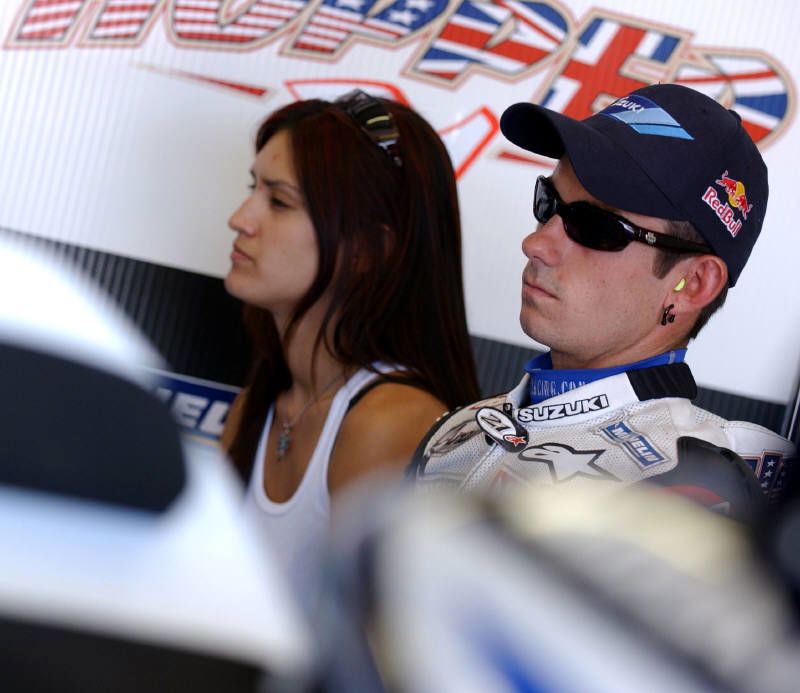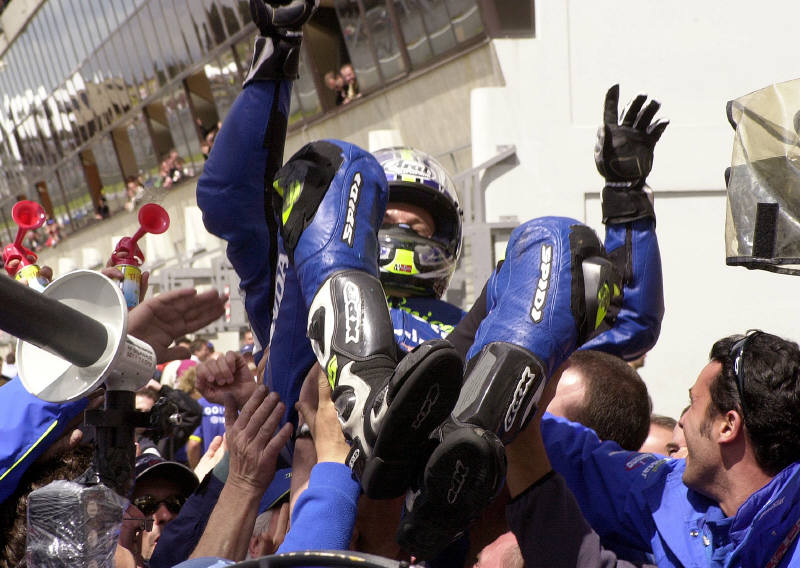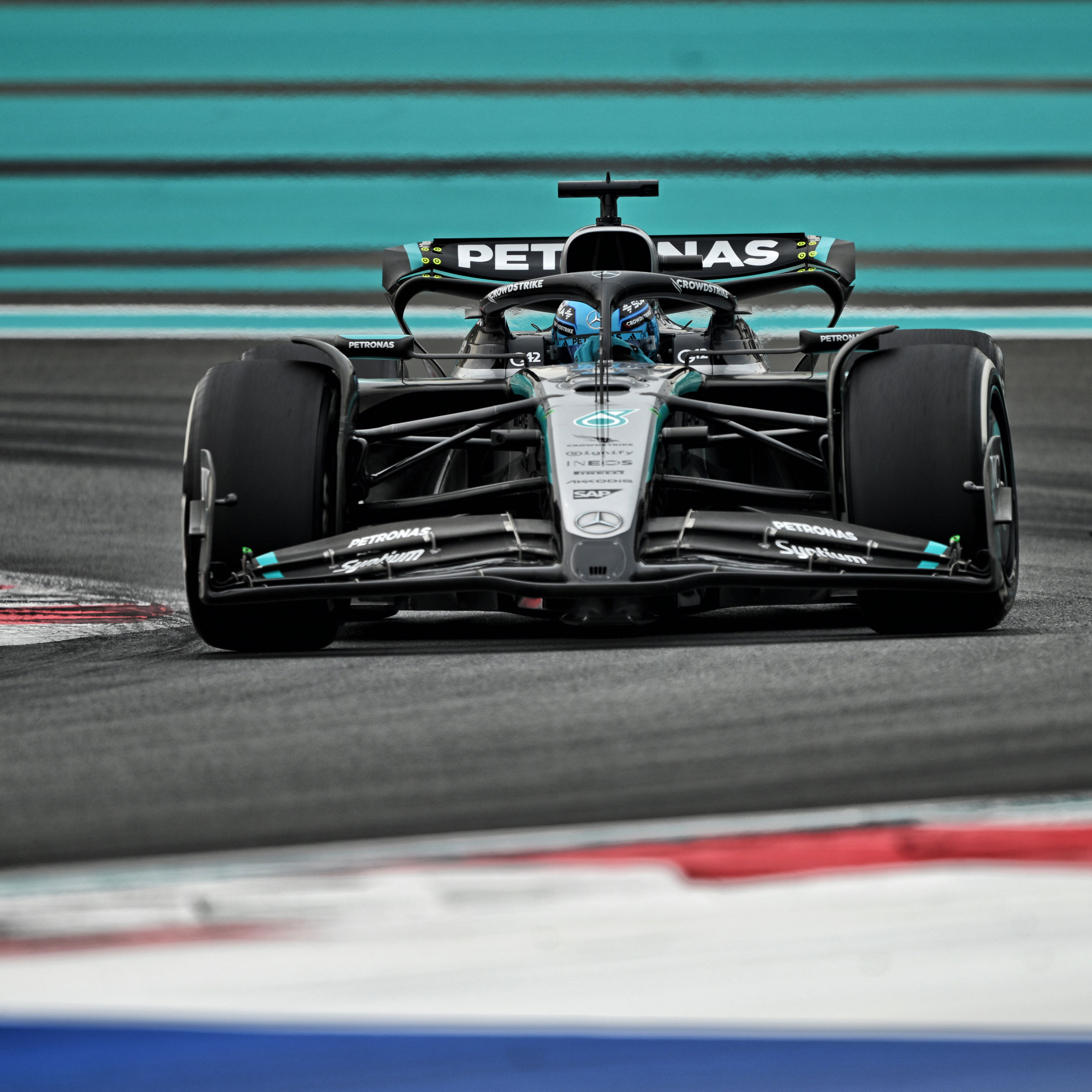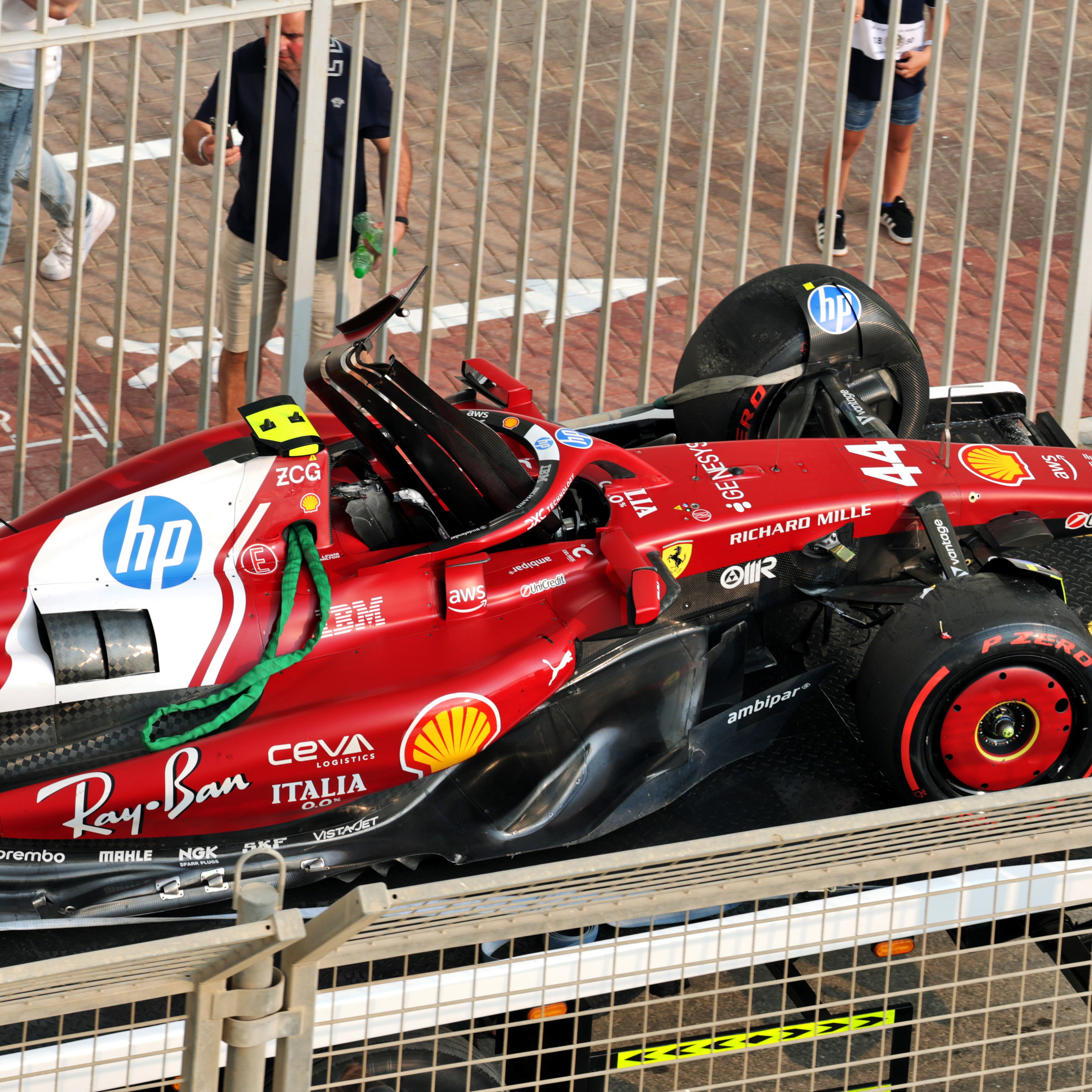Yamaha set-up report - Mugello.
Located in the beautiful Tuscan hills, Mugello boasts a sequence of undulating medium to high-speed corners combined with a straight where even the former 500 two-strokes were capable of producing an outright top speed of 315kmh. The YZR-M1 took that benchmark up to 322kmh during the 2002 race.
Although picturesque, the Italian circuit has a reputation as a very demanding venue on chassis set-up and engine performance. In fact Mugello is a circuit that requires the best from every aspect of a race motorcycle.
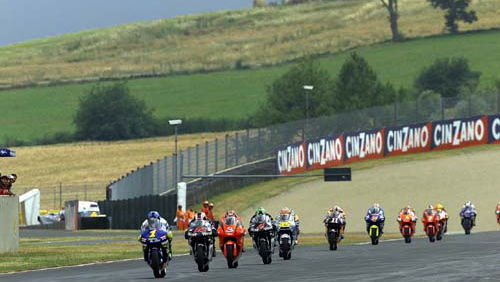
Located in the beautiful Tuscan hills, Mugello boasts a sequence of undulating medium to high-speed corners combined with a straight where even the former 500 two-strokes were capable of producing an outright top speed of 315kmh. The YZR-M1 took that benchmark up to 322kmh during the 2002 race.
Although picturesque, the Italian circuit has a reputation as a very demanding venue on chassis set-up and engine performance. In fact Mugello is a circuit that requires the best from every aspect of a race motorcycle.
It is for this reason many teams will use Mugello during the pre-season testing programme to evaluate not only handling, but the braking and power capabilities of their machine too.
The main aim for each team will be to find a balanced geometry that will provide the rider with the ability to change direction quickly through the high-speed switchbacks, and especially through the tricky right-hander at the end of the main straight.
This corner, to some extent, is the key to a fast time around Mugello as it influences the next sequence of turns dramatically. Make a mistake in this area and the lap-time will pay the price through the next series of turns.
Yamaha's chassis technicians will also need to provide a front-end which will offer the rider the feedback while braking into the numerous downhill Mugello turns. This is especially the case onto the front straight as it influences corner exit speed and eventual top speed.
Following its recent closed two-day test, held May 14-15, Yamaha is confident it has found a neutral geometry that will provide the riders with the balanced character required to deal with these demanding circuit features. This involves lowering the front of the M1 to improve front-end feel and lighten the handling response through the chicanes.
This is also possible, as the Mugello doesn't require a front-end to be dialled in as firm, regarding fork springs, as in Le Mans since the braking needs aren't quite as extreme. There is also no major issue concerning bumps entering the turns, resulting in a more linear medium-damping characteristic, a must to aid feel.
Where bumps are an issue will be on the exit of the turns. To ensure Yamaha riders will be able to find the necessary drive a medium to high rear spring-rate will be used, along with progressive rear suspension linkage rates.
It will also be necessary to prevent squatting as riders wind the power on in the well-banked, high G-force corners. This has become more of a concern with the introduction of the four-stroke due to its heavier weight limits over the two-strokes used in the past, and because of their high power outputs.
Since drive is so important, and the Mugello surface has proven to be reasonably abrasive, a medium to hard compound 16.5inch rear tyre is the most likely combination come race day. Its consistency over race distance and good side grip will prove to be an advantage.
As for the in-line four-cylinder powerplant used by the YZR-M1, it will be tuned to offer a stronger midrange and top end power delivery, in turn increasing the top speed potential. Yet this will be done without sacrificing the predictability off the turns.
